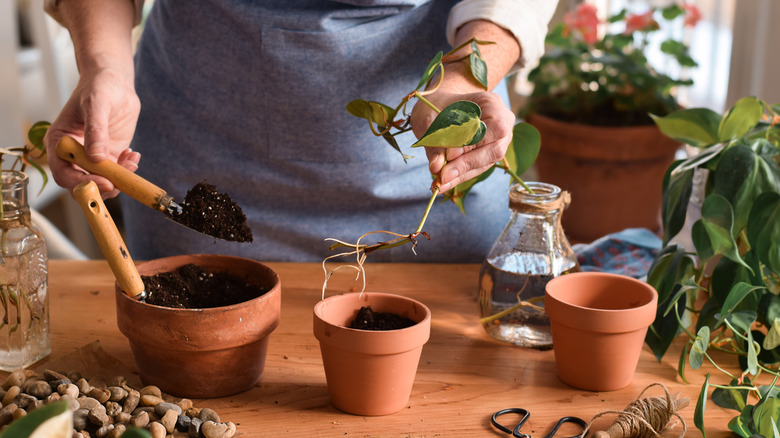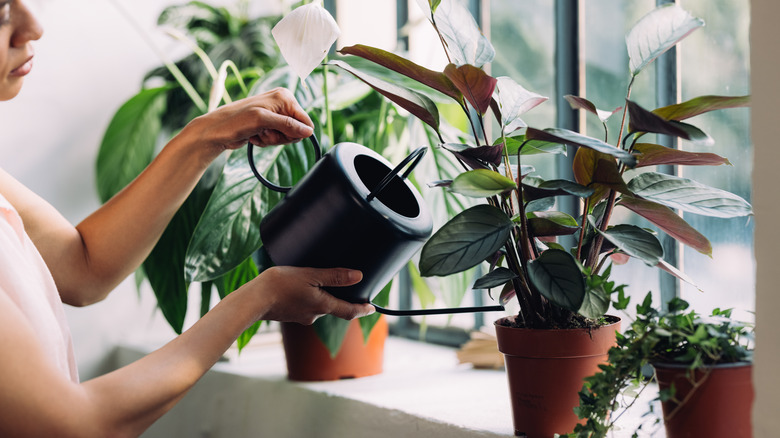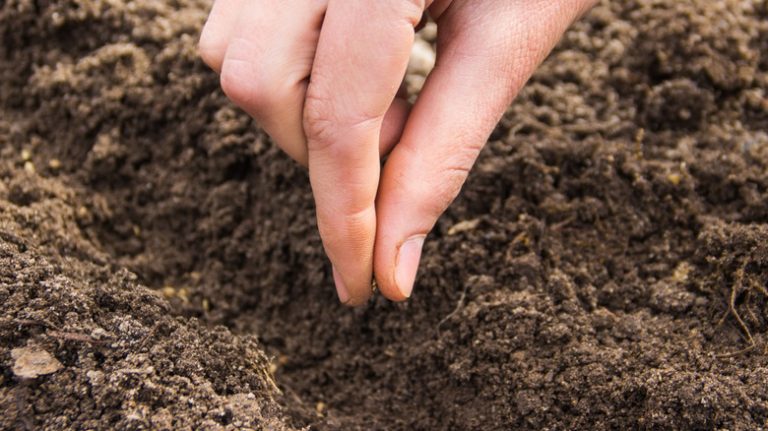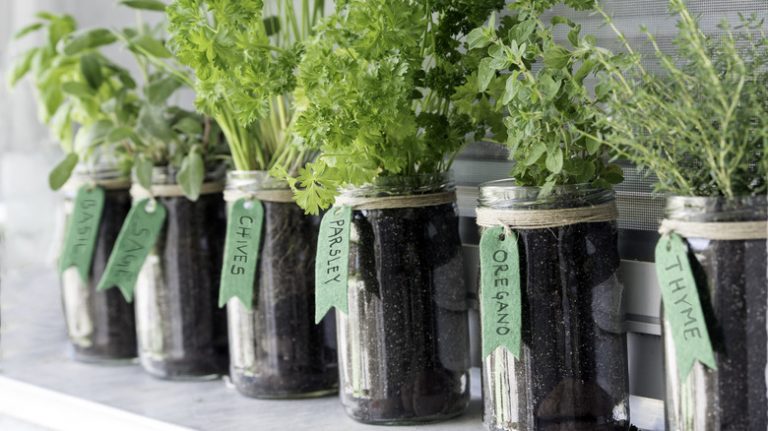Attention all plant propagators! If you’re looking to improve the quality of life for your plant cuttings, look no further than your kitchen pantry. Rather than buying an expensive chemical rooting hormone, you can use honey from your kitchen to help your plants produce a healthy root system in the soil as an alternative to rooting them hydroponically.
Honey is a great, wallet-friendly solution that is all natural and super easy to use in a DIY. Since it’s an organic substance, honey is eco-friendly as well and will help your plants naturally become resistant to bacterial or fungal infections. As fresh cuttings are particularly susceptible to these types of infections, honey is an excellent at-home solution to your plant propagation needs. Another added benefit is that you can skip right over the rooting in water and go straight to placing your cuttings directly in soil. This eliminates a step in the process of creating a new plant friend, expediting the pathway to more greenery around your home
How to apply honey to roots when planting

When applying honey to plant cuttings before planting, there are a few steps to follow to ensure proper application. First, prepare the honey mixture. Mix one to two tablespoons of honey with one cup of boiled water. Stir the mixture well until the honey is completely dissolved. This will create a diluted honey solution that is easier to apply to the plant cutting. Before dipping your plants in the mixture, be sure that your plants are properly prepared. Your cutting should be at least six inches in length with the cut made at a 45 degree angle. Once your cutting is ready, dip it in the cooled, diluted mixture, making sure to fully coat it. An alternative solution is simply to dip the cutting directly into honey itself. While the method may be a bit sticky and messy, it also proves successful in promoting healthy rooting.
After coating the cutting, carefully place the plant into a prepared hole or container. Make sure the honey-covered section is fully submerged in the soil. Finally, backfill the hole or container with soil. Gently press the soil around the plant to secure it in place. This process will provide the plants with the necessary nutrients and protection to establish a strong and healthy root system.
Why it works

When it comes to helping plants root, honey works exceptionally well due to its unique properties. First, honey contains natural enzymes and growth-promoting substances that stimulate root development. These enzymes break down complex sugars into simpler forms that are easily absorbed by the plant. This provides the plants with a readily-available source of energy, allowing them to establish a strong root system more quickly. Additionally, honey contains trace amounts of essential nutrients such as potassium, phosphorus, and calcium, which are vital for growth. These nutrients help in the formation of new cells and the overall development of the root structure.
Second, honey has antimicrobial properties that protect the plants from harmful pathogens and diseases. When applied to the roots, honey creates a protective barrier that prevents the entry of harmful bacteria and fungi. This helps to reduce the risk of root rot and other diseases that can hinder root development. Furthermore, honey’s antimicrobial properties also promote a healthy microbial balance in the soil. This is particularly beneficial in areas with poor soil quality or high levels of pathogens. By applying honey to the roots when planting, you can easily provide your plants with the necessary nutrients and protection.



